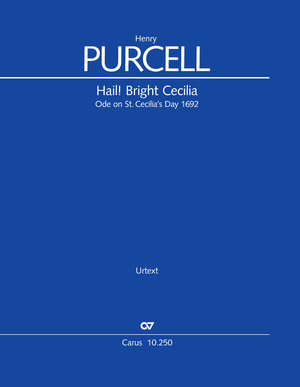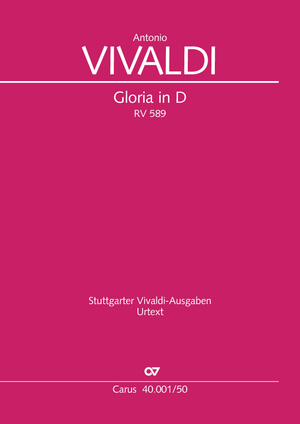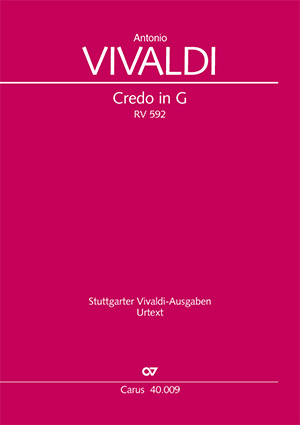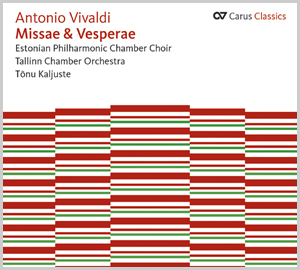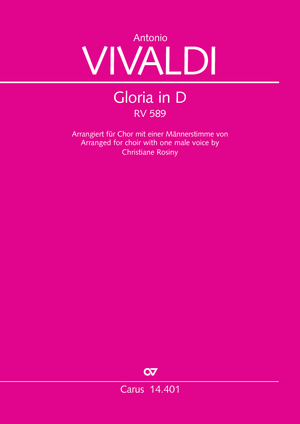
Gloria en ré
Arrangement pour chœur avec une voix d'homme (arr. C. Rosiny) RV 589
The Gloria in D, RV 589, is one of Vivaldi’s best-known sacred works. This Carus edition – which was actually our first ever publication – has certainly made a major contribution to the now enormous popularity of this choral work, which, with its great inventiveness, is typical of the composer’s work (Carus 40.001/50).
Christiane Rosiny’s arrangement of this masterpiece for SSAB choir is aimed at mixed ensembles with a limited number of male voices as well as youth choirs. While soprano and bass remain practically unchanged, the middle voices are arranged for soprano and alto. There are sensible suggestions for cuts should the size of the work prove to be an obstacle. These will help shorten the rehearsal time while preserving the unique character of the individual sections. A vocal score and a choral score are available in addition to the full score. The orchestral parts are taken from the original version.
- First volume of the new series SPLENDID SONORITY. Masterpieces arranged for Choir with one male voice
-
Compositeur
Antonio Vivaldi
| 1678-1741
-
Arrangeur
Christiane Rosiny
| 1978
Questions fréquentes sur l'œuvre
Puis-je utiliser mon matériel vocal existant de la version originale ?
 Il n'y a pas encore de questions et réponses concernant cette œuvre ou vous n'avez pas trouvé la réponse à votre question sur l'œuvre ? Cliquez ici et envoyez votre question spécifique à notre service clients.
Il n'y a pas encore de questions et réponses concernant cette œuvre ou vous n'avez pas trouvé la réponse à votre question sur l'œuvre ? Cliquez ici et envoyez votre question spécifique à notre service clients.




